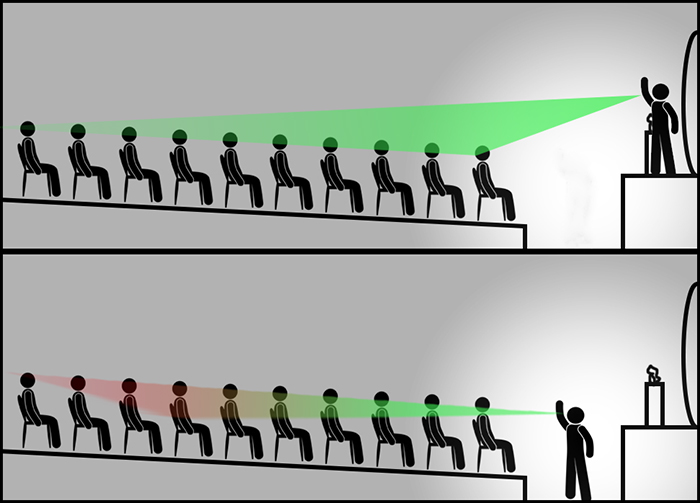A few days ago, I met a friend for lunch. While we were waiting on our order, my friend expressed frustration with the pastor at his church.
When I pushed for specific details, he confided that the issue revolved around his pastor’s sermons. He said his pastor, “Speaks with a lack of empathy.”
I assumed that meant my friend’s frustration stemmed from a difference in philosophy. But that wasn’t the case.
“So you don’t disagree with the content of the sermon?” I asked.
“No, the content is fine,” he replied.
“Then is it his choice in words? Does he use offensive or insensitive language?”
“No. Not at all,” my friend said. “He’s an eloquent speaker. He’s smart. Articulate. Lots of integrity.”
“Does he have a speech impediment? Does he speak without inflection? Does he sound flat? Monotone?”
“No. None of that.”
To be honest, I was struggling to see the problem and starting to get frustrated with the conversation. I couldn’t figure out why he felt his pastor spoke with a lack of empathy.
Eventually, my friend described his pastor’s habit of leaving the elevated dais and preaching from the lower floor area in front of the first pew.
Since it was a big church, and the fact that the pastor was “vertically challenged,” sightlines prevented anyone sitting in the back third of the church from being able to see the pastor when he gave his sermon.
They could hear him, but they couldn’t see him—which they were clearly able to do when he remained on the dais.

The pastor didn’t speak with a lack of empathy because his sermon lacked substance or was unrelatable. He spoke with a lack of empathy because he failed to understand what it felt like to be someone sitting in the back third of the church.
Research shows that 93% of communication is nonverbal. By the 7-38-55 rule (i.e. 7% of communication is spoken word, 38% is paralinguistic (the way that the words are said), and 55% is facial expressions/body language), not being able to see the pastor was causing a third of the congregation to not receive more than half of the intended message.
My friend was frustrated because he knew the pastor’s sermon wasn’t being delivered as effectively as it could be.
Without the support of body language and facial expressions, some of the older members of the congregation, who were already dealing with hearing impairments, struggled to grasp the sermon. Others simply disengaged because it was too hard to concentrate.
Televisions replaced radios in family living room because the addition of imagery is far more stimulating than audio alone. What do you do when television reception is bad or glitchy? You tune out.
Similar problems can arise on Zoom meetings when speakers fail to adjust their camera angles or speak in front of distracting backgrounds. Or, when teachers teach from the back of the classroom or too close to the front row. Or, when coaches give talks with the sun setting behind them.
None of the speakers in these situations are considering what it must be like to be on the other end of their communications.
Effective communication relies on effective reception. Anything that obstructs the message’s delivery limits its effectiveness. It’s not enough to speak the right words. To maximize their impact, you must deliver them in the most effective manner.
Good teammates speak with empathy. They are considerate of what, how, and where they communicate. They imagine what it feels like to be the receiver of their message.
Presumably, my friend’s pastor was leaving the dais when he preached to subtly convey the notion that he was “among the congregation” and not above it. Though an arguably noble intention, his actions undermined the greater purpose of his sermon: to impart valuable information to his congregation.
Remaining on the dais and speaking from a location that permitted everyone to hear and see his sermon would be a better option—and an undoubtedly good teammate move.
As always…Good teammates care. Good teammates share. Good teammates listen. Go be a good teammate.





